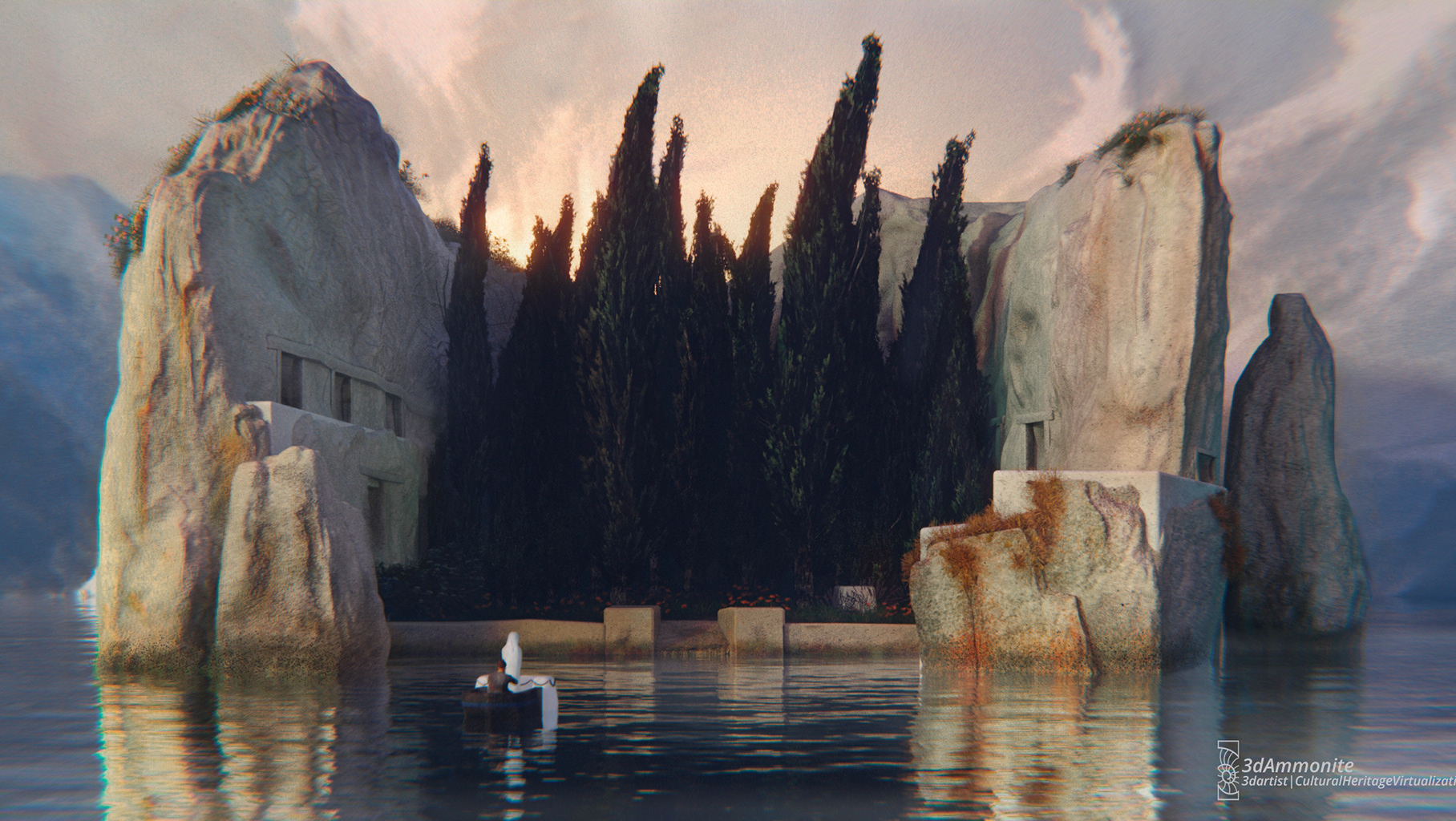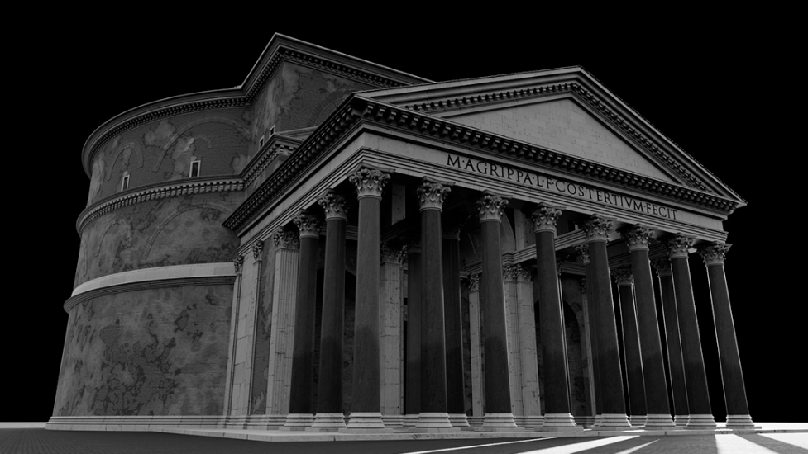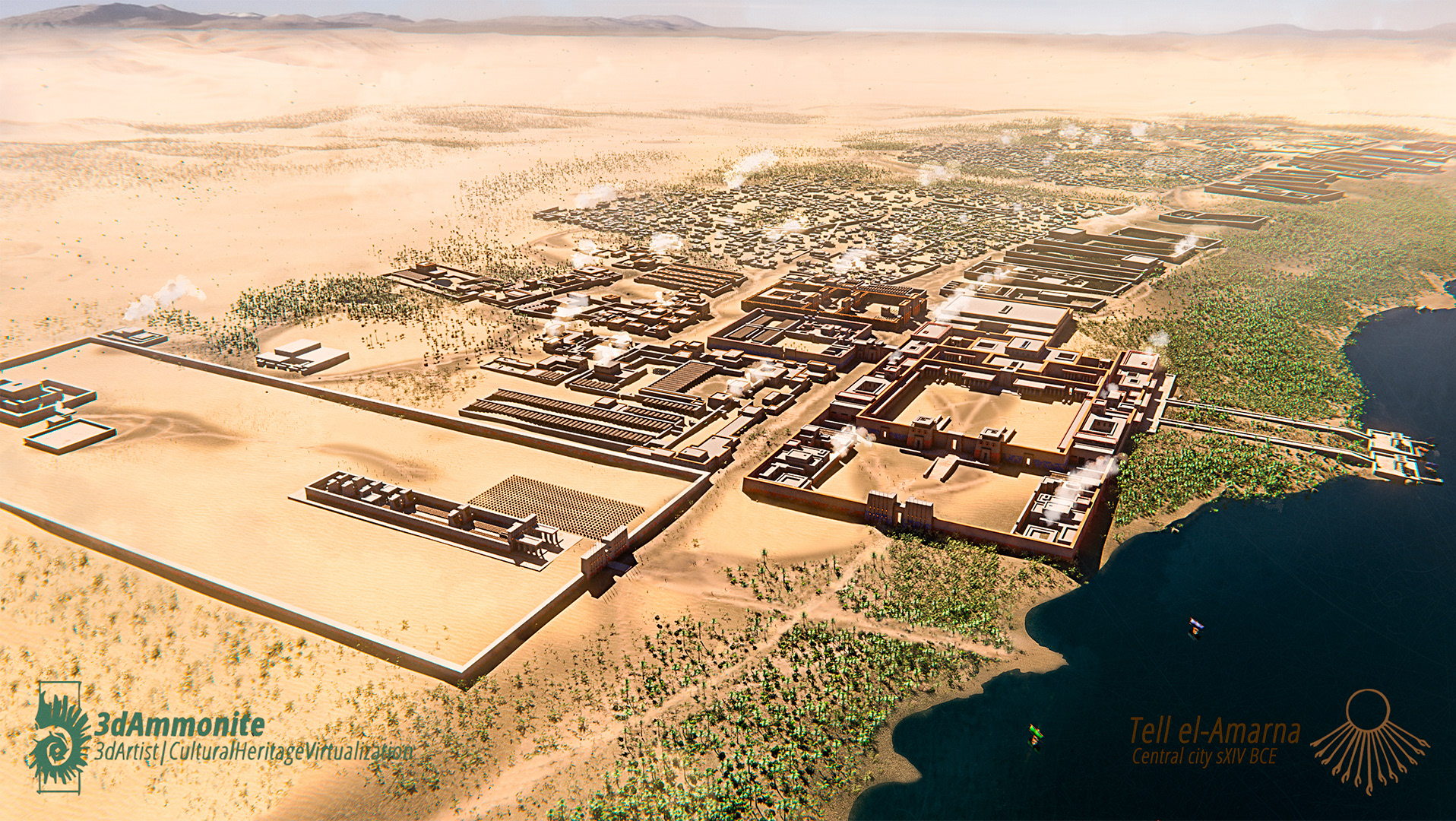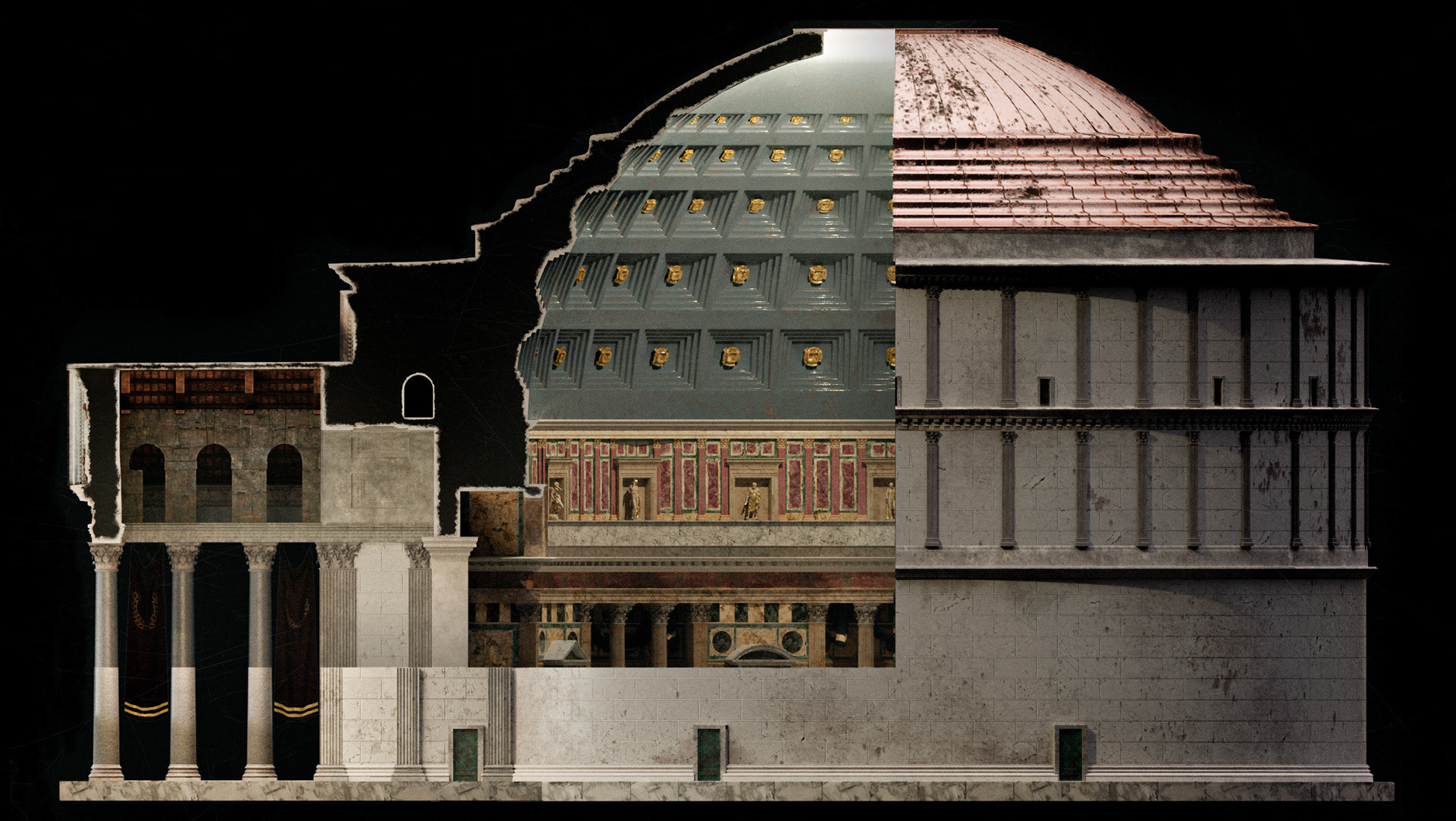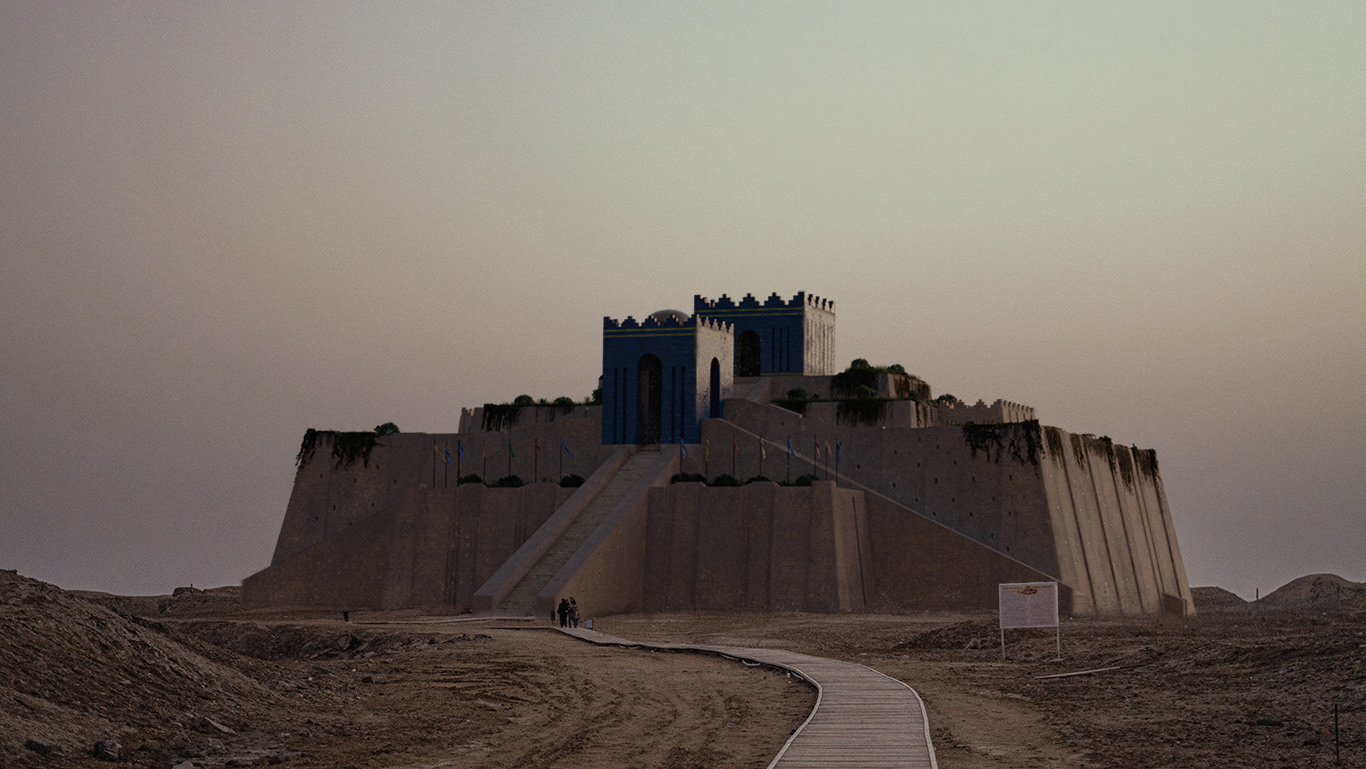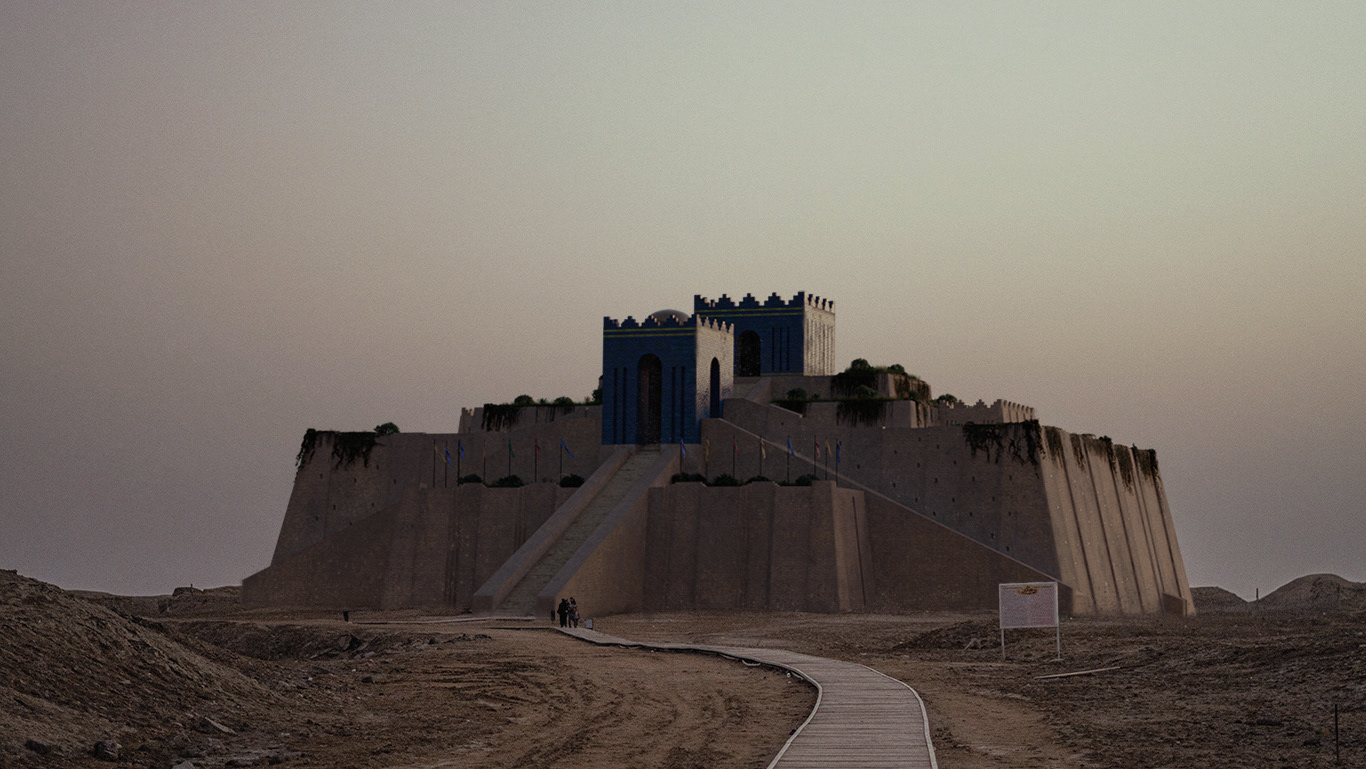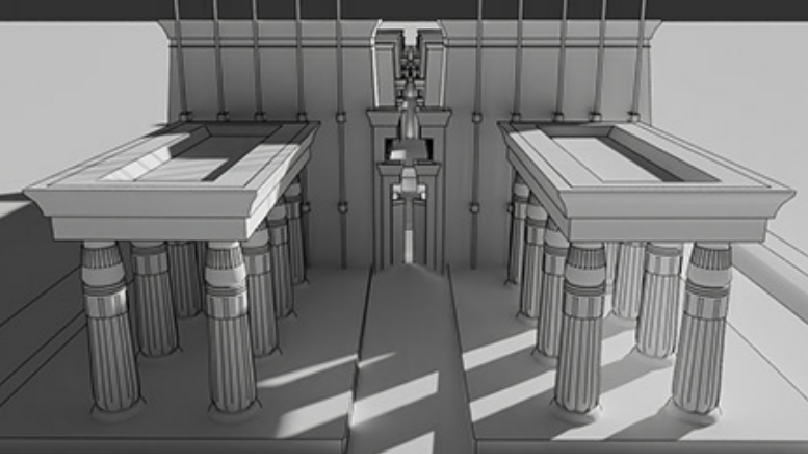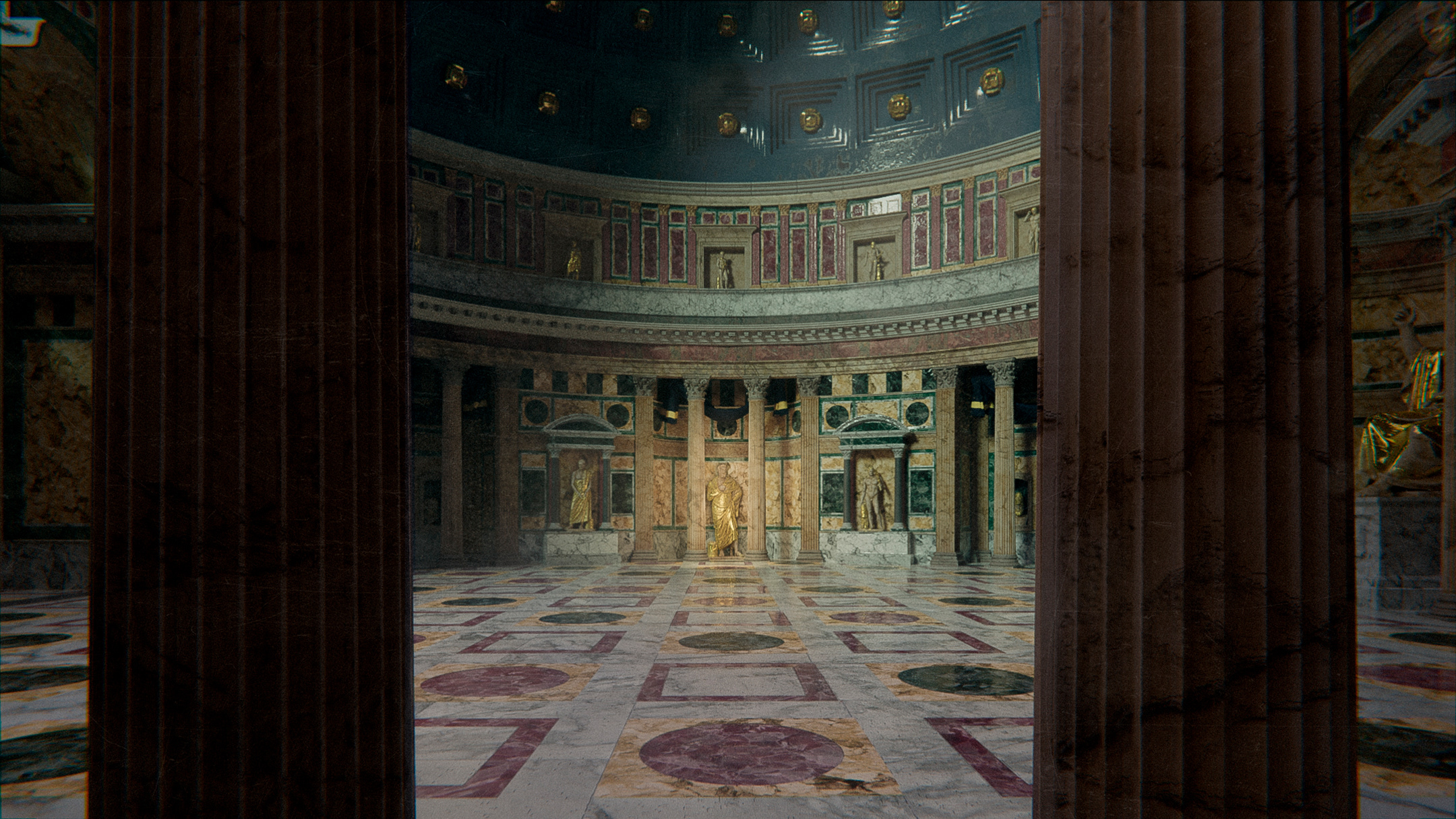Hola amigxs!
Hoy por fin comparto con vosotrxs mi última reconstrucción virtual de la antigua ciudad de Ur con el aspecto que pudo tener durante su llamado periodo Neobabilónico(626 - 539 a.n.e), unos doscientos años antes del abandono de la ciudad a causa de los cambios climáticos, de la sedimentación del Tigris y el Éufrates y la sobreexplotación de los recursos naturales.
Ur fue fundada en 3800 a.n.e. y la ciudad más poblada durante el 2000 a.n.e.
Fue un importante centro cutural, religioso y comercial hasta su abandono tras el sometimiento persa.
Destacan sus impresionantes murallas, sus distintos palacios rodeados por el témenos, la tumba real sus laberínticas calles y por su puesto su Zigurat.
.
Hello friends!
Today I finally share with you my latest virtual reconstruction of the ancient city of Ur
with the appearance it may have had during its so-called Neo-Babylonian period (626 - 539 BCE), about two hundred years before the abandonment of the city due to climate change, the sedimentation of the Tigris and Euphrates and
the overexploitation of natural resources.
Ur was founded in 3800 BC and the most populated city during 2000 BC.
It was an important cultural, religious and commercial center until its abandonment after the Persian subjugation.
Its impressive walls, its different palaces, the royal tomb, its labyrinthine streets and of course its Ziggurat stand out.
Hoy por fin comparto con vosotrxs mi última reconstrucción virtual de la antigua ciudad de Ur con el aspecto que pudo tener durante su llamado periodo Neobabilónico(626 - 539 a.n.e), unos doscientos años antes del abandono de la ciudad a causa de los cambios climáticos, de la sedimentación del Tigris y el Éufrates y la sobreexplotación de los recursos naturales.
Ur fue fundada en 3800 a.n.e. y la ciudad más poblada durante el 2000 a.n.e.
Fue un importante centro cutural, religioso y comercial hasta su abandono tras el sometimiento persa.
Destacan sus impresionantes murallas, sus distintos palacios rodeados por el témenos, la tumba real sus laberínticas calles y por su puesto su Zigurat.
.
Hello friends!
Today I finally share with you my latest virtual reconstruction of the ancient city of Ur
with the appearance it may have had during its so-called Neo-Babylonian period (626 - 539 BCE), about two hundred years before the abandonment of the city due to climate change, the sedimentation of the Tigris and Euphrates and
the overexploitation of natural resources.
Ur was founded in 3800 BC and the most populated city during 2000 BC.
It was an important cultural, religious and commercial center until its abandonment after the Persian subjugation.
Its impressive walls, its different palaces, the royal tomb, its labyrinthine streets and of course its Ziggurat stand out.
